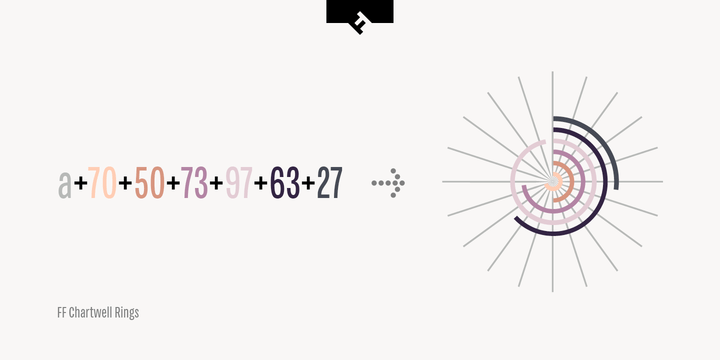

However, it is nice that they have been stable. The box and glue methods of TeX might not be the most intuitive method, nor the most powerful. (I similarly did sudoku with minimal effort using similar markup.)īut the worst sin is the sheer instability of what we are building as our foundation.

My favorite example lately has been for how you can layout using absolute positioning perfectly fine. However, trying to get everything to work with some default flow behavior is borderline insanity. Seriously, I don't think CSS is the worst answer. Often completely ignoring what you can easily accomplish if you are willing to use absolute positioning, oddly enough! All the more so because most fallback to thinking CSS is the answer. Most modern gui toolkits bother me in ways that I can't adequately express. Yes, there is a certain fallacy to the "one true language" approach - but if you pay careful attention, you'll notice that the OS's of most common use in the last 10 years are on that road, anyway.īreak this out of the box a little, lets move from glyph/grapheme/font territory - what if the entire OS was instead expressed with SVG files? I think this is a viable thought experiment, personally.

#FF CHARTWELL TTF FULL#
There is a lot of opportunity to optimise these processes - and I would wager that having a font full of glyphs required to construct a UI paradigm, having those primitive elements processed by the OS in a simple way, and giving those elements to the end-user (who admittedly would need to learn something new for it to be productive), may indeed produced a "simpler" interaction method for future users. And I shudder at all of the complexity added to our glyph systems to support efforts at making "one true language" that can do everything.Ĭertainly a valid concern, and I acknowledge your conservatism, but I think you might want to look at the cyclomatic complexity of the work required to splash a modern GUI up on the screen, and compare it with the cyclomatic complexity required to render a human-readable string of glyphs. >Some things are simply more easily done outside of the standard glyphs we use for words.

Perhaps you're familiar with the wonderful and super-crazy TempleOS? There are some great things about the way the UI is expressed there. Oh, no question there is abuse going on here - this thought experiment is really reaching and extending beyond a certain horizon, which may or may not be idiotic. when we could nevertheless be doing it in <128k. which I would argue is where we are heading, with our multiple-gigabyte OS updates, anyway. I mean, WIMP has its thing, and touch and mobile too, but I do wonder if there isn't something to a pure graphemes and symbols based mode of interaction. Not, compiling, hacking, code, transmogrifying, mutating, extending, abstraction, tool-pushing, etc., but rather "describe this in glyphs/ligatures like every language ever, or GTFO>." My affinity for this approach is that it is tied to human symbol-making in an intrinsic, self-describing way whereas a technical GUI system might consists of a multi-variate collection of abstractions, putting it all into glyphs and ligatures ties it into our most basic of operational agilities, reading and writing. Well, in fact Chartwell "is" programming, or at least coding (not Turing.) of information in a reproducible way - and the fact that we use the language of glyphs as a GUI metaphor, is also appealing. The thing about the ligature trick, and fonts in general, and more specifically the packing of known functional GUI elements into a broader ligature description, is that its human readable/comprehendible without also requiring a great deal of 'programming'. Yeah, I'm quite familiar with these toolkits.


 0 kommentar(er)
0 kommentar(er)
